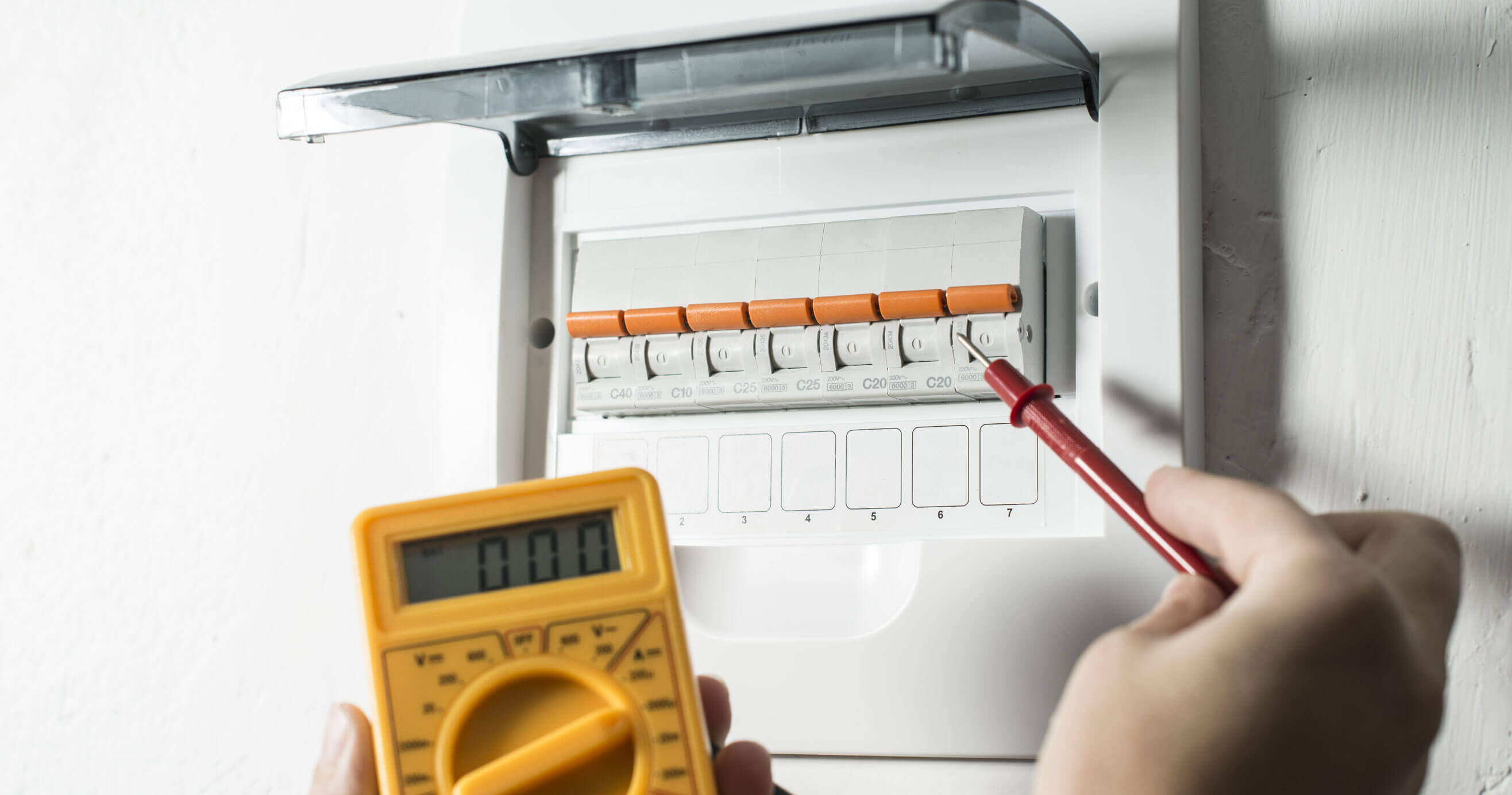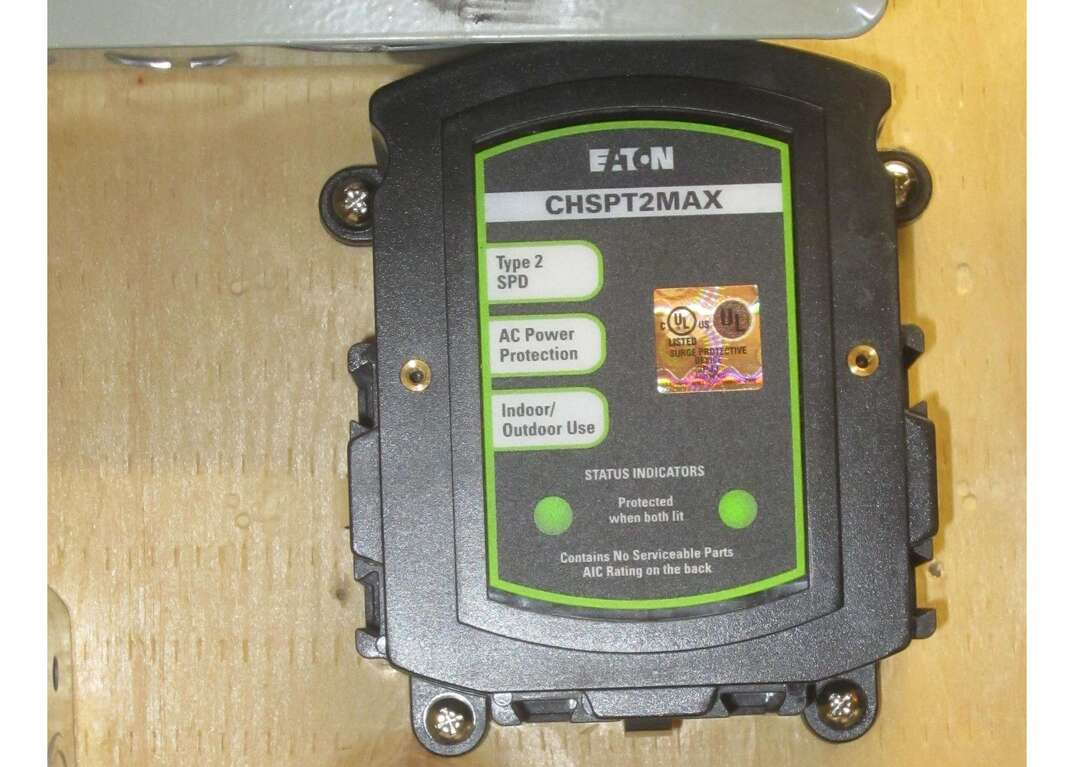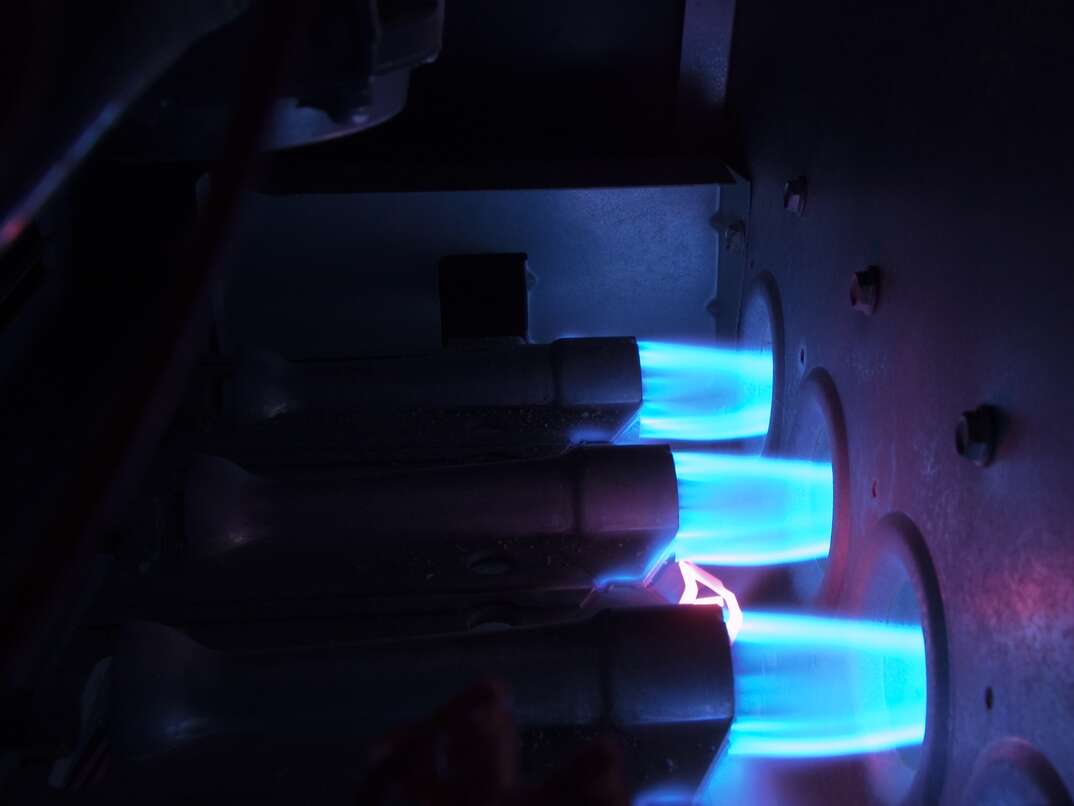DIY Electrical troubleshooting

From faulty light switches to circuit breakers overloading, I’ve had my share of electrical problems - and my home is fairly new!
Truth be told, small electrical problems are quite common in any home, and up-to-date wiring is not immune from the occasional short circuit. Luckily, many of these issues can be identified and resolved with a little knowledge about your home electrical system and some handy tools.
The difficulty of troubleshooting and repairing electrical problems can vary depending on the age of your home’s wiring and severity of the issue. Read on to learn more about easy DIY electrical troubleshooting and resolutions.
Common electrical issues that need troubleshooting
The first step in troubleshooting an electrical problem is identifying that one exists. Luckily, it’s pretty easy to tell if a light is flickering or an outlet has stopped working, but here are a few common problems you might encounter and their possible causes:
Faulty light switches
Do one or more of your light switches not work? Old switches can wear out over time, but if the light won’t turn on at all there may be a problem with the connection.
Non-functioning outlets
First make sure it’s the outlet that’s faulty and not your appliance. Typically, a receptacle will need to be replaced, which is an easy fix.
Flickering light fixtures
Is the light bulb screwed in properly? If a new bulb doesn’t solve this irritating problem there could be an issue with your wiring.
Frequent power surges
If you noticed a light flickered when you plug in the vacuum cleaner, you’re experiencing a power surge malfunction. This can wreak havoc on your appliance life span and usually means your electrical system doesn’t have the power to support appliances that need a lot of amps to function.
Electric shocks
Can be extremely dangerous. First, make sure your cords and outlets are in good shape (not frayed or bent). When an electronic shocks you while it's charging, it may also be the fault of the power cords. If things appear fine on the outside, there may be faulty wiring behind the outlet.
Tripping circuit breakers
When your circuit breaker trips, it usually means you need to upgrade your electrical system or reduce the number of high-power appliances you have plugged in.
Safety first
Before trying to troubleshoot any of these problems on your own, it’s important to follow the proper safety procedures and have the necessary tools. First and foremost, if you are not familiar with electric repairs or are not comfortable working with breaker panels or electrical wiring, don’t hesitate to call in a professional.
Electrical adjustments are a serious matter, and there are instances when you should always call a licensed electrician to troubleshoot and fix problems. For instance, if you can’t identify why your lights are flickering, electrical wiring may be frayed and professional help is necessary.
A licensed electrician can resolve your electrical issues quickly and ensure it’s completed quickly the first time around. If you’re comfortable tackling a small problem on your own, make sure you take the proper precautions to protect yourself and your home electrical system.
Most importantly, before starting any electrical work or handling wires, make sure to turn off the power from the main breaker panel. This will help you protect yourself while trying to fix the issue. When done, turn the power back on to see if you have resolved the problem.
Here are some other tips for staying safe when working with electricity outlined by Safety Risk:
- Never repair or touch electrical equipment or relay with wet hands - avoid water at all times to mitigate the risk of shock.
- Never use equipment with frayed cords or loose plugs.
- Wear insulated rubber gloves and goggles while working on any branch or electrical circuit.
- Place a sign on the service panel so no one restores power while you work.
Gather your tools
You’ve identified an electrical problem and are ready to follow safety procedures, now it’s time to prepare your toolbox. Depending on the issue, you may need specialized tools, but The Spruce explained these are the most commonly used for small electrical repairs:
-
Flat-head and Phillips head screwdriver
If you are replacing an outlet or light fixture you will need one of these to start and complete the job.
-
Voltage tester
These tools are relatively inexpensive and so easy to use, but have a very important purpose. Even if you turn the main electricity off in your home, always test a wire for an electrical current before you get to work. Simply hover the tip of the voltage tester over the wire and it will alert you if an amp is detected.
-
Ground-fault circuit interrupter (GFCI) tester
A GFCI outlet has on/off buttons on its face that you can reset to see if the outlet still works. If it’s not a GFCI outlet, there could still be one installed which is tripping the power downstream. A GFCI tester can help determine if you have one of these outlets that you need to reset elsewhere.
-
Replacement parts
Whether it’s a new receptacle, outlet or light switch, have the replacement parts you need on hand before you get to work.
How to troubleshoot electrical problems
Finally, it’s time to get to work on identifying what could be wrong with your electrical system. The first step in electrical troubleshooting is determining if the issue is due to internal or external forces.
Sometimes, the electrical problems in your home can arise from an outside fault. If that’s the case, you need to get in touch with your electrical services provider to have the problem fixed. You should never try to tamper or attempt to fix external power lines on your own, as troubleshooting and resolving these issues requires specialized training.
Otherwise, it’s usually very simple to determine if the source of the problem is in your own home. Check your breaker to make sure it’s not overloaded, see if any outlets are loose, extension cords are being used improperly or if your light bulb simply needs to be replaced.
Then, you will want to turn off the power. Often, these small electrical issues are easy to troubleshoot. Flickering light bulbs or a dead socket could be the result of a fault in the breaker, but there’s also the possibility there are multiple electrical issues at play.
In the first scenario, try to rewire the outlet or re-fit the bulb to see if they work correctly before deciding to replace the faulty electrical part in full. This could save you from having to go to the store to buy parts that may not be needed in the end. After identifying the problem, you can either make the changes necessary to avoid it in the future, like being more careful to not overload your breaker, make a replacement yourself or call in a licensed electrician.
Keep up with preventative maintenance
Once your issue is resolved, it’s crucial to follow proper electrical maintenance to keep it working safely for as long as possible. This usually means being more aware of how you use electronics and appliances. Avoid plugging too many things, or high-energy appliances like a generator, into one circuit and utilize ground-fault circuit interrupters for all outlets in wet locations.
When plugging in electronics, never force them to fit into an outlet if you feel resistance or adjust or bend the prongs. Get rid of any frayed or damaged cables and loose outlets. As you change them out, make sure to upgrade to outlets with better safety features, like built-in surge protectors. Additionally, try to avoid using extension cords and unplug them when they’re not in use.
Finally, one of the best ways to ensure your electrical system is safe and working efficiently is to schedule routine professional checkups. Having an electrician check your electrical panel and wiring once a year can help identify and fix problems before they turn into a larger and dangerous issue. Of course, if you’re experiencing persistent electrical problems that are unresponsive to DIY electrical troubleshooting, don’t delay in calling a professional for an immediate inspection.
Ignoring repetitive issues, especially those caused by older wiring, can pose the threat of a fire caused by electric sparks, and could already be damaging your appliances. A professional will be able to provide the needed solution to your problems so both you and your home stay safe.
It’s always a good idea to be prepared for any electrical emergency. See how plans from HomeServe can help with covered electrical repair costs.


